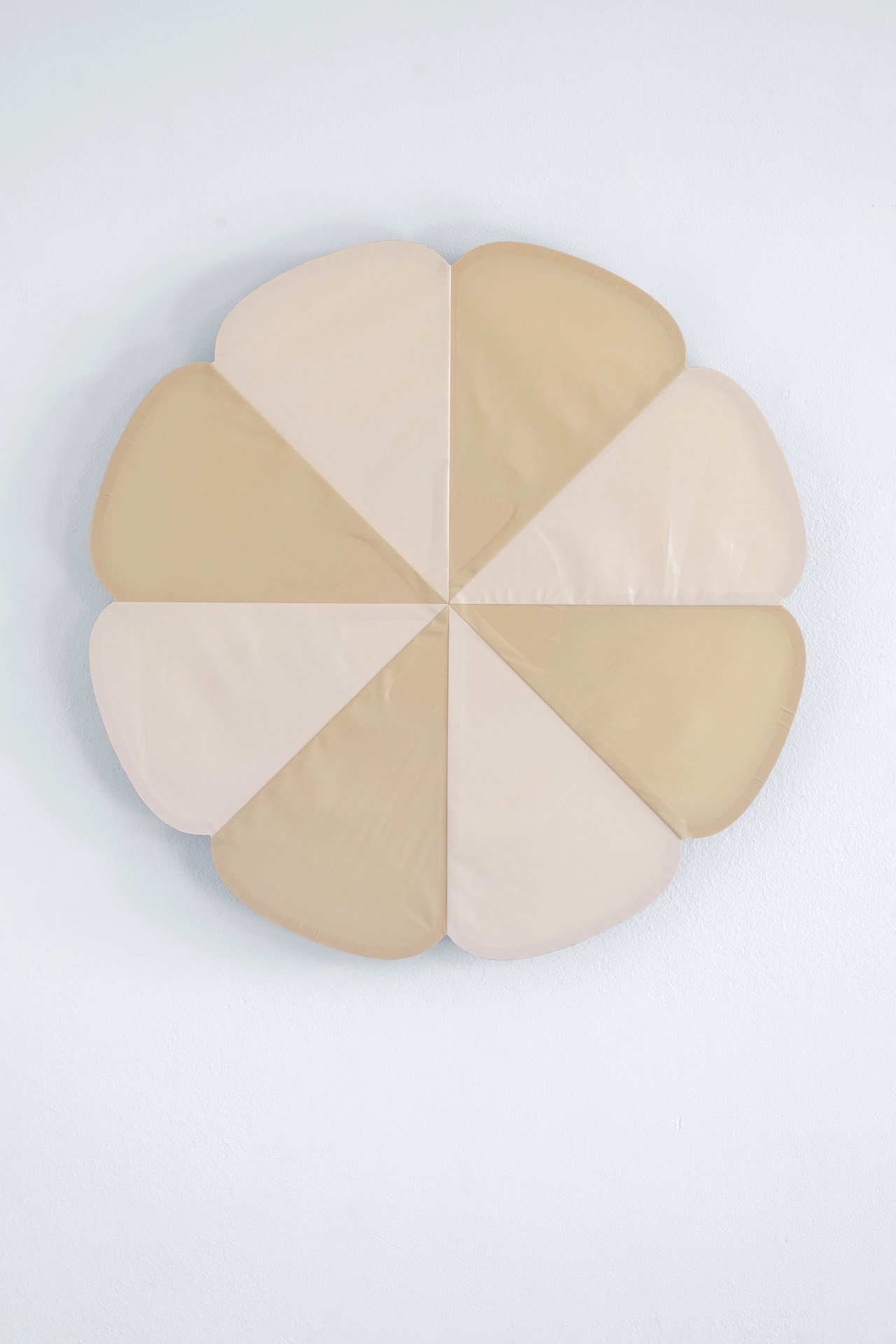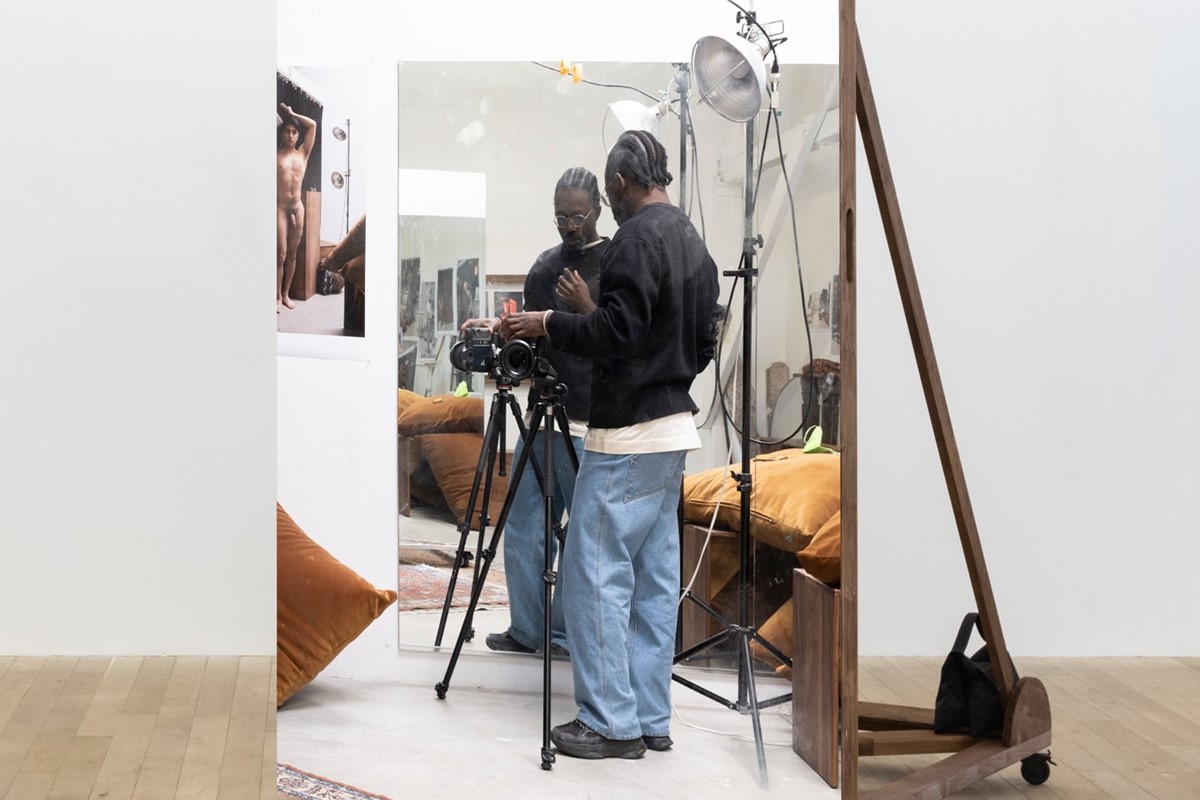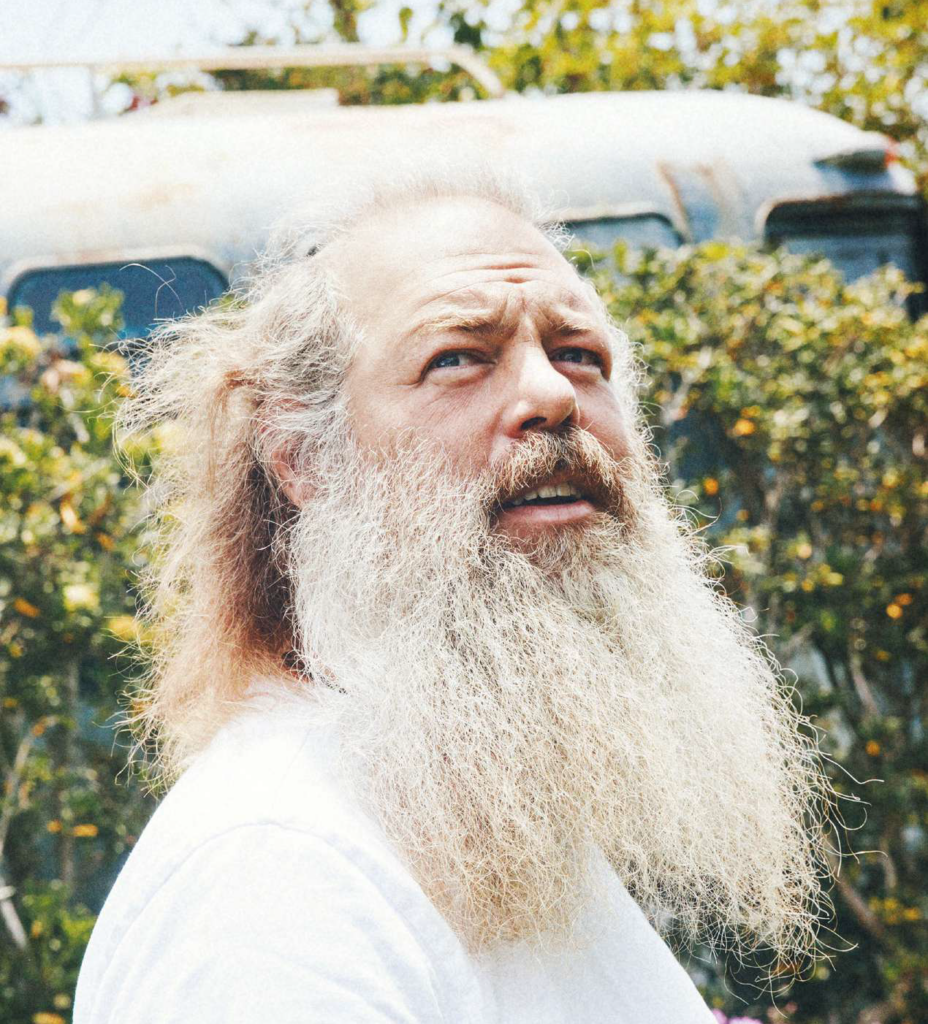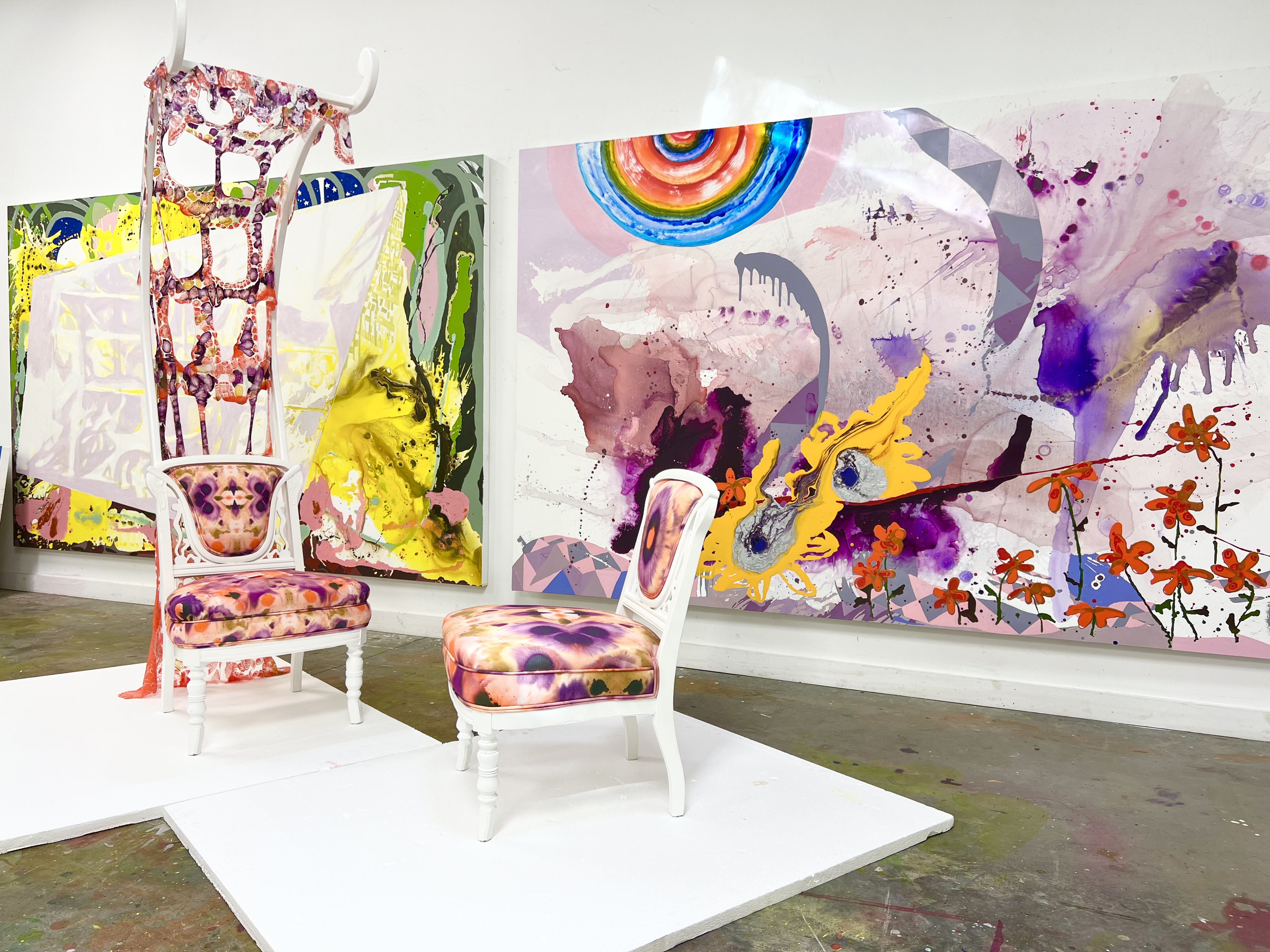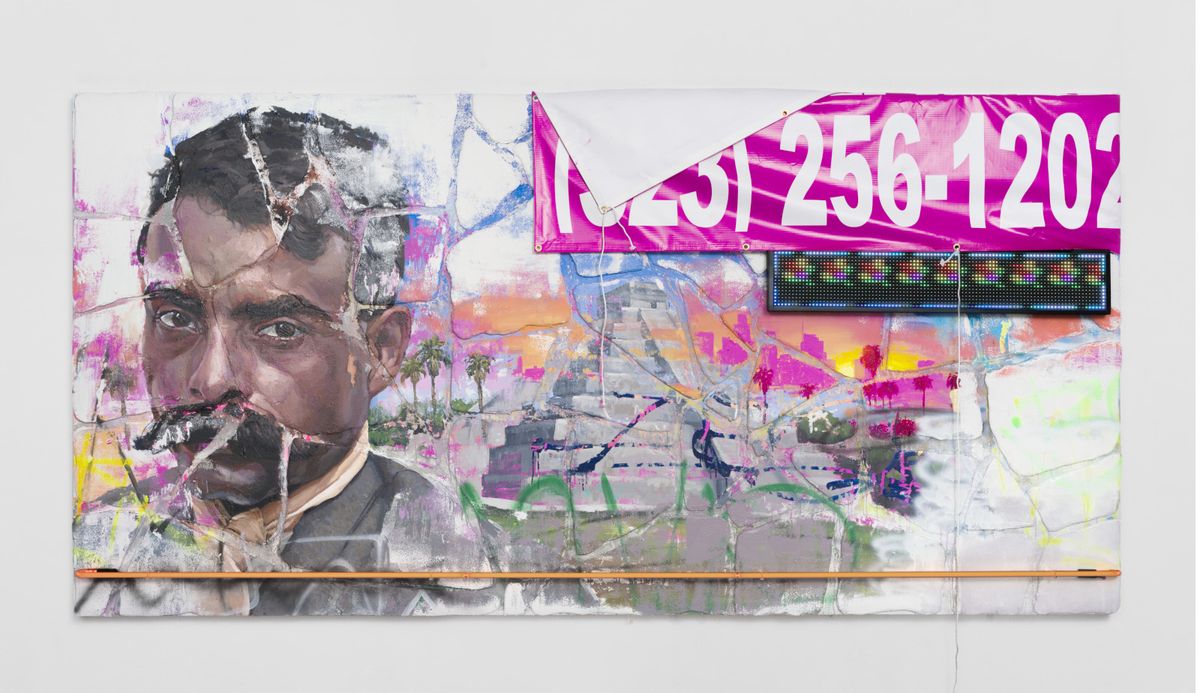HFT The Gardener/Diagrams
2014 - Drawing & Print (Drawing & Print)
16 parts: 10 parts 29.7 x 42 cm, 6 parts 21 x 29.7 cm
Suzanne Treister
HFT The Gardener/Diagrams exemplifies Suzanne Treister’s interest in esoterica , cybernetic awareness and hallucinatory aesthetics as an emanation and contrast to the real world through the exploring circulations of power. Her fictional character Hillel Fischer Traumberg — a banker turned ‘outsider artist’ — is a HFT, a High Frequency Trader. The character is also a contemporary vision of HCE, the hero of James Joyce in Finnegans Wake , who struggles to wake up in the tumult of dissolving boundaries between art, nature, language, money, mathematics and the trauma of history. The series HFT The Gardener is a collection of multiple explorations. In one work, the artist uses gematria , Hebrew numerology, to discover numerological equivalents of the botanical names of the psychoactive plants and cross-references them with companies in the Financial Times Global 500 Financial Index. The Diagrams work illustrates the various investigations into the representation of data circulating in the world of High Frequency Trading, concerning companies and the stock market alongside psychoactive drugs and shamanic cultures. Algorithms and diagrams describe Traumberg’s theories about the holographic nature of reality, art and consciousness. Traumberg, techno-shaman, transmutes the spiritual dimension of the universe and the hallucinogenic nature of capital into artistic forms.
In the 1980s, Suzanne Treister’s practice was concerned primarily with painting. Since the 1990s, Treister has been a pioneer in the practice of digital art and new media since. Her work explores new technologies and develops fictional worlds to create obscure collaborative international organizations. Her projects often require research and development over several years and can take different forms, including the internet as a medium and platform. The artist positions herself as an operator of fantastic reinterpretations of taxonomies and histories that have hidden existences, invisible forces that govern the world as well as military, paranormal or commercial organizations.
Colors:
Related works sharing similar palette

© » SLASH PARIS
Amy Bravo — I’m Going There With You — Galerie Semiose — Exposition — Slash Paris Connexion Newsletter Twitter Facebook Amy Bravo — I’m Going There With You — Galerie Semiose — Exposition — Slash Paris Français English Accueil Événements Artistes Lieux Magazine Vidéos Retour Précédent Suivant Amy Bravo — I’m Going There With You Exposition Installations, peinture, sculpture, techniques mixtes À venir Amy Bravo, Elegy to the Mustache, 2024 Graphite, pastel, acrylique sur toile, miroir, plâtre et objets trouvés — 137 × 91,5 × 2,5 cm Courtesy Semiose, Paris Amy Bravo I’m Going There With You Dans environ un mois : 16 mars → 27 avril 2024 La encrucijada / la croisée des chemins « Un poulet est sacrifié à une croisée de chemins, un simple monticule de terre un autel en terre pour Eshu, dieu Yoruba de l’indétermination, qui bénit le choix de chemin qu’elle a fait...

© » SLASH PARIS
Amy Bravo — I’m Going There With You — Semiose Gallery — Exhibition — Slash Paris Login Newsletter Twitter Facebook Amy Bravo — I’m Going There With You — Semiose Gallery — Exhibition — Slash Paris English Français Home Events Artists Venues Magazine Videos Back Previous Next Amy Bravo — I’m Going There With You Exhibition Installation, painting, sculpture, mixed media Upcoming Amy Bravo, Elegy to the Mustache, 2024 Graphite, wax pastel, acrylic on canvas, found objects, mirror and plaster — 54 × 36 × 1 in...

© » KADIST
Jes Fan
2020The Diagram series relates broadly both to Jes Fan’s interests in body modification and gender hacking as well as the artist’s investment in destabilizing hegemonic categories such as gender, monogamy, and the classical individuated subject in favor of more creative, egalitarian, and communal modes of envisioning ourselves...
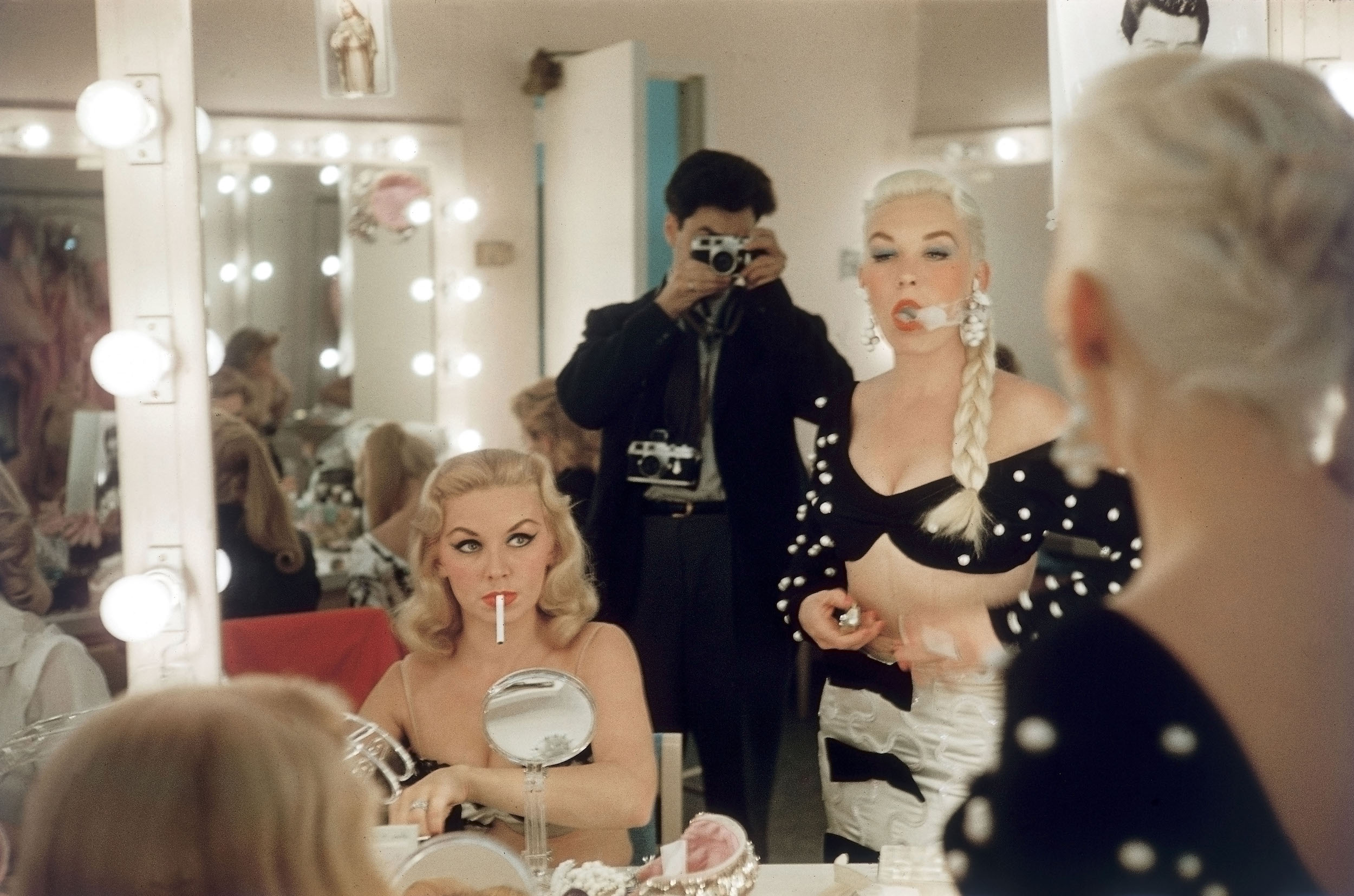
© » 1854 PHOTOGRAPHY
‘You wait for someone to fill the frame’: Remembering Elliott Erwitt in Paris - 1854 Photography Subscribe latest Agenda Bookshelf Projects Industry Insights magazine Explore ANY ANSWERS FINE ART IN THE STUDIO PARENTHOOD ART & ACTIVISM FOR THE RECORD LANDSCAPE PICTURE THIS CREATIVE BRIEF GENDER & SEXUALITY MIXED MEDIA POWER & EMPOWERMENT DOCUMENTARY HOME & BELONGING ON LOCATION PORTRAITURE DECADE OF CHANGE HUMANITY & TECHNOLOGY OPINION THEN & NOW Explore Stories latest agenda bookshelf projects theme in focus industry insights magazine ANY ANSWERS FINE ART IN THE STUDIO PARENTHOOD ART & ACTIVISM FOR THE RECORD LANDSCAPE PICTURE THIS CREATIVE BRIEF GENDER & SEXUALITY MIXED MEDIA POWER & EMPOWERMENT DOCUMENTARY HOME & BELONGING ON LOCATION PORTRAITURE DECADE OF CHANGE HUMANITY & TECHNOLOGY OPINION THEN & NOW Elliott Erwitt in reflection, Tropicana Hotel, Las Vegas, Nevada, USA, 1957 This article was originally published on 30 March 2023 The passing of Elliott Erwitt is a major loss for the photo community...

© » KADIST
Martin Kippenberger
1988Martin Kippenberger’s late collages are known for incorporating a wide range of materials, from polaroids and magazine clips to hotel stationery, decals, and graphite drawings...

© » KADIST
Maya Watanabe
2011El Contorno (Outlines) is a three-channel video installation that features five actors performing a script—at times individually and at times in unison—choreographically moving across an indistinct urban space...

© » ARTS EQUATOR
Big Brother is watching you: the exhibition aiming to tackle surveillance and censorship (via SEA Globe) | ArtsEquator Thinking and Talking about Arts and Culture in Southeast Asia ArtsEquator Radar June 21, 2018 Surveillance and censorship are becoming part and parcel of daily life around the world, and yet many citizens seem content to turn a blind eye to it...

© » KADIST
A Remote Viewing workshop with artists Myriam Lefkowitz and Simon Ripoll-Hurier 11:00am to 1:30pm or 2:30pm to 5:00pm In the heart of Silicon Valley in the 1970s, and under the aegis of the CIA, a group of scientists and psychics developed a technique intended to channel extra-sensory perceptions in an effort to produce descriptions of distant targets...


